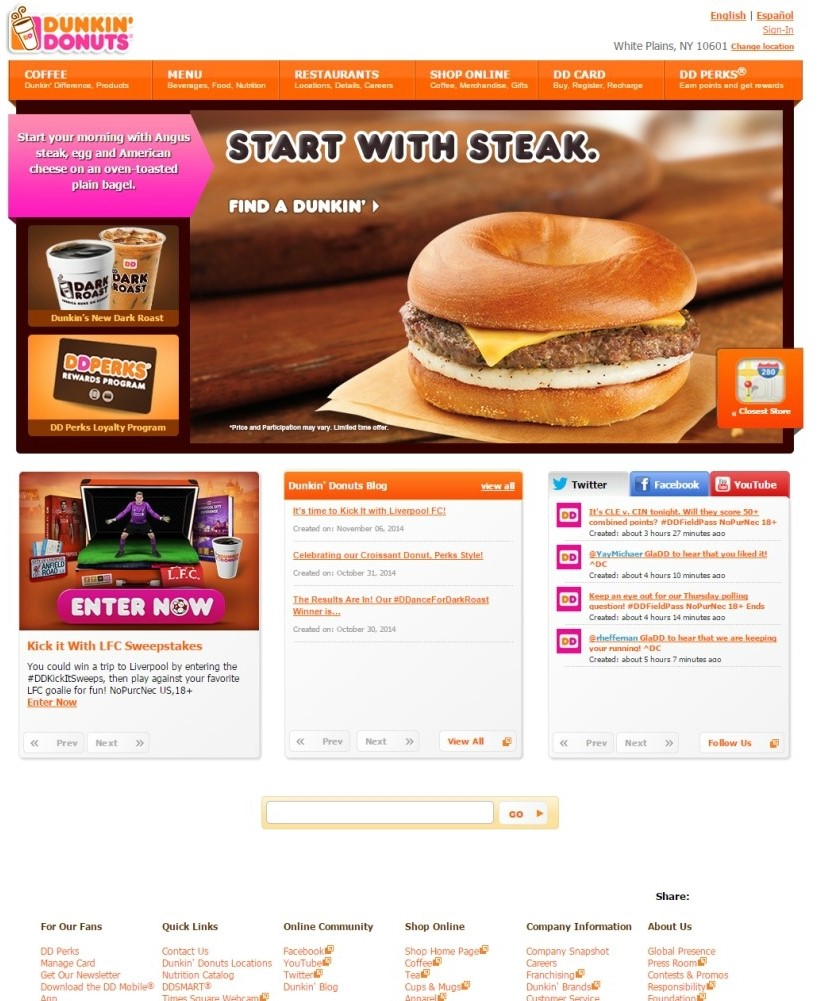Thinking about digital marketing and its importance, it is always critical for one to be aware of connecting its online presence to offline. Smooth integration between the physical and virtual is essential for successful marketing campaigns. For example, our current client for online marketing project strives to improve its brand health and maintain positive relationship with its customers via Internet marketing. However, our team noticed the importance of similar effort from offline employees of the business in leading the campaigns to optimal result. Hyundai’s brilliant idea in “Real Life Facebook Like” campaign wouldn’t have been as successful if the physical products and services were not “likable”.
From evaluation and analysis of its success, three basic questions should be cleared;
1. Is it SIMPLE for participants to understand and communicate?
2. Is it EASY for customers to participate through the communication channels?
3. Is it USEFUL for communicators from both side?
Hyundai’s campaign at the Autorai 2011 successfully performed this new digital marketing because it followed the three questions above. Firstly, the participants could easily understand the purpose of campaign and simply have fun while they are getting involved in communication. Also, such clever use of RFID tag allowed customers to easily adopt to new technology encouraging active communication. The results were helpful to both communicators since the visitors could use it as their review and Hyundai motors could use these likes patterns to collect data which enable them to meet customers’ needs.















